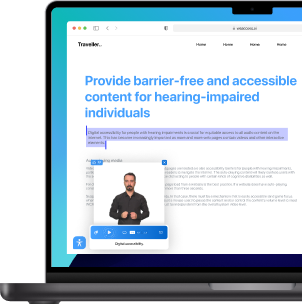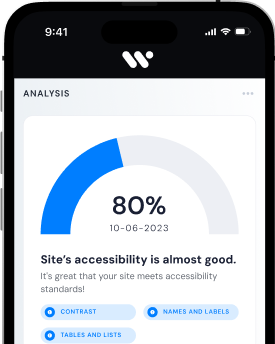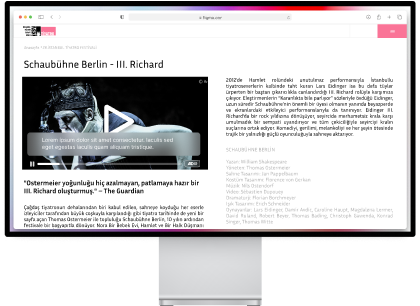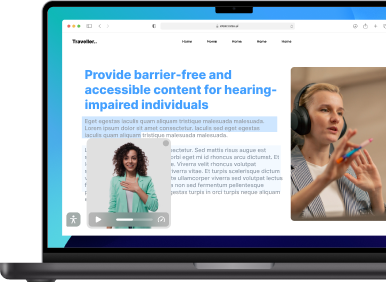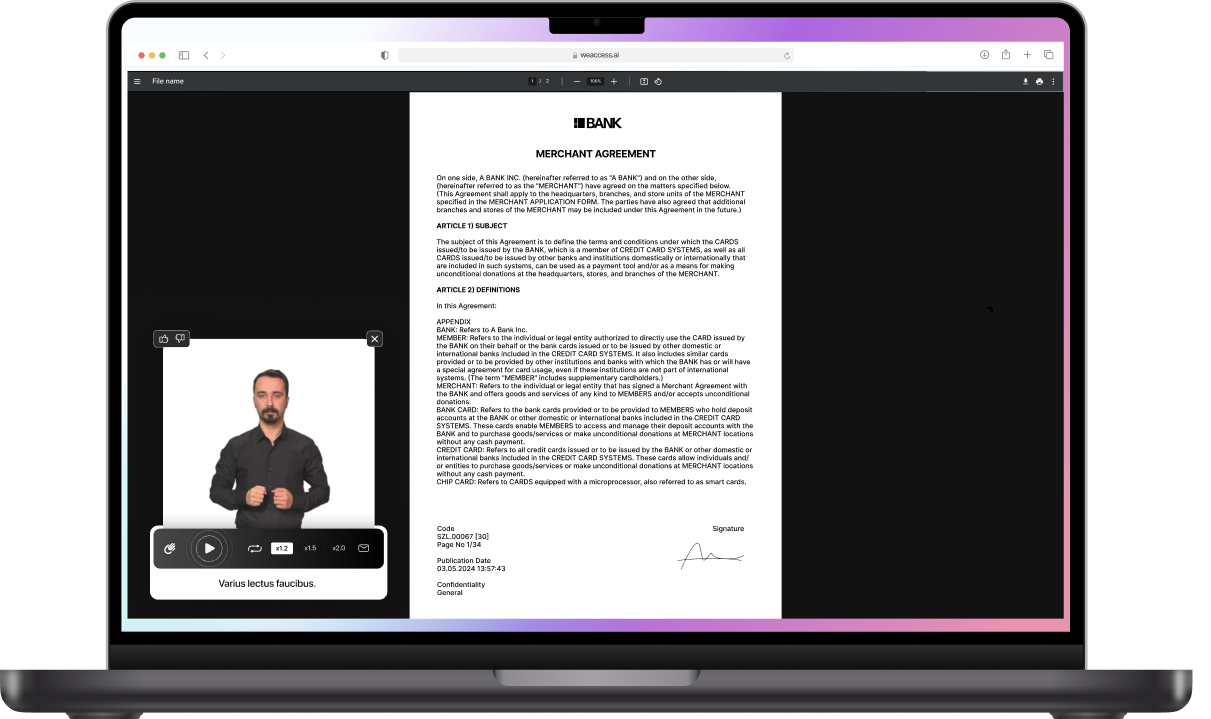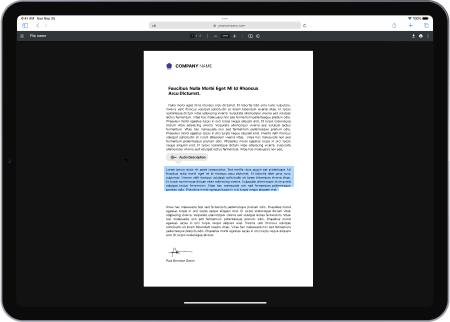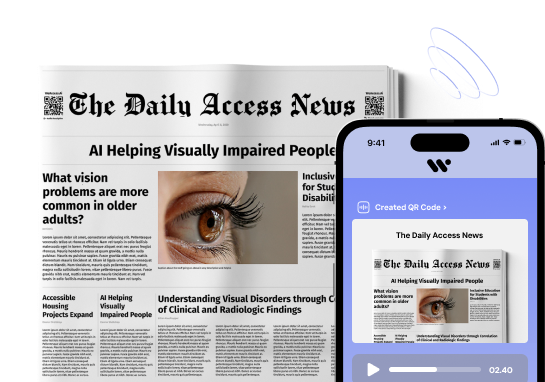Everything You Need to Know About the European Accessibility Act
What is the European Accessibility Act?
The European Accessibility Act (EAA) is a directive introduced by the European Union aimed at improving the accessibility of products and services for people with disabilities. This legislation sets out the accessibility requirements for products and services to ensure that they are inclusive and easily accessible to all individuals, regardless of their physical or cognitive abilities.
It also addresses digital accessibility, emphasizing the need for digital products and services to comply with the Web Content Accessibility Guidelines (WCAG) to ensure that they are accessible to everyone.
Who Does the EAA Apply to?
The EAA applies to all EU member states and sets out accessibility requirements for products and services within these countries. It encompasses various sectors, including banking services, ATMs, and digital products and services. The directive requires businesses with an annual turnover of fewer than 10 million euros to adhere to the EAA’s accessibility rules, ensuring that accessibility features are integrated into their products or services.
Moreover, the EAA is significant for the rights of persons with disabilities, as it aims to improve their access to a wide range of products and services, thus promoting inclusivity and equal opportunities.
When Will the EAA Take Effect?
The EAA is set to take effect in June 2025, with deadlines for compliance outlined for businesses and EU member states. This comprehensive timeline ensures that all relevant parties have sufficient time to adapt to the accessibility standards set by the EAA and comply with the directive.
Key dates must be remembered to ensure that businesses and EU member states are fully prepared to meet the accessibility requirements by the specified deadlines, thereby promoting accessibility in the EU.
How Can Businesses Comply with the EAA?
Businesses can comply with the EAA by adapting to the accessibility standards outlined in the directive. This involves integrating accessibility features into their products and services and ensuring that they meet the criteria set by the EAA, including compliance with WCAG 2.1 for digital products and services.
Furthermore, businesses must consider the implications for digital accessibility, acknowledging the need to make their digital products and services accessible to people with disabilities. This may involve working with accessibility experts to ensure that their offerings meet the necessary accessibility standards.
Why is the EAA Important for People with Disabilities?
The EAA is crucial for people with disabilities as it plays a pivotal role in improving their rights and access to a range of products and services. By ensuring that products and services are accessible, the EAA promotes inclusivity and equal opportunities for individuals with disabilities, allowing them to fully engage with various offerings in the market.
Moreover, the EAA aims to guarantee that accessible products and services are readily available to people with disabilities, enhancing their overall quality of life and enabling them to participate more fully in society.
Who must comply with the EU Web Accessibility
Directive and the European Accessibility Act?
The EU Web Accessibility Directive and the European Accessibility Act apply to a wide range of actors, including public sector bodies, private sector entities, and smaller businesses. The European Commission has mandated that all public sector websites and mobile applications must comply with a set of common accessibility standards, known as WCAG 2.1 AA. Additionally, the European Accessibility Act requires compliance from private sector entities providing key services such as banking, e-commerce, and transportation. National laws may also require businesses with fewer than 10 employees to comply with certain accessibility standards. Overall, the aim is to ensure that digital content is accessible to all users, regardless of their abilities.
Web Accessibility and the WCAG Guidelines
Web Accessibility is a crucial aspect of the online world, and complying with the European Accessibility Act is essential for businesses operating in the EU. The WCAG 2.1 guidelines provide a framework for achieving Web Content Accessibility Guidelines (WCAG) compliance at level AA, and businesses can use accessibility solutions to ensure they meet these standards.


